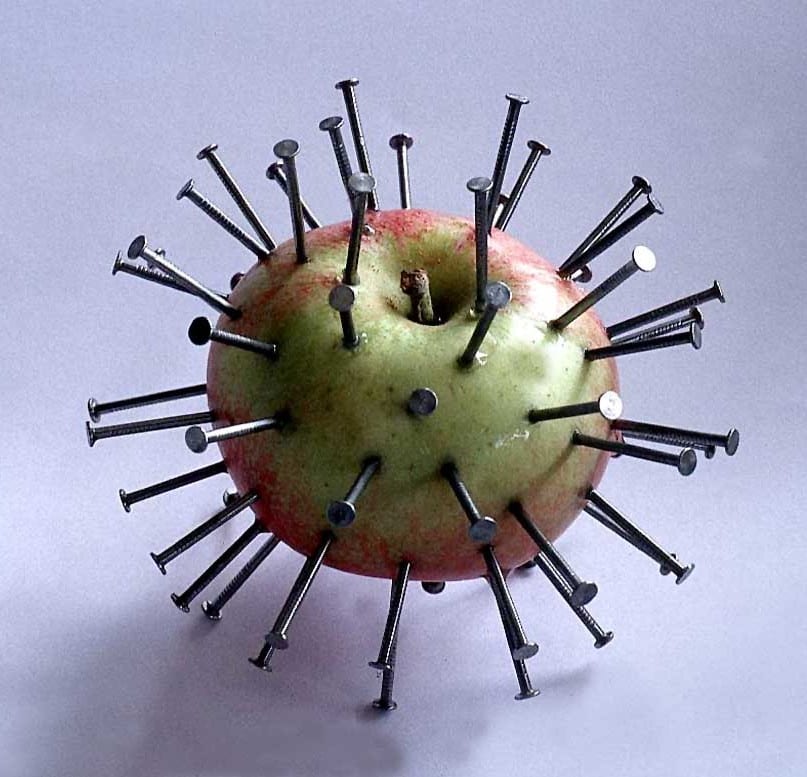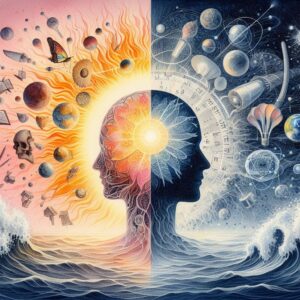In the early 80s, the marketing slogan “no pain, no gain” became the motto for exercising the body’s muscles to the point of fatigue where one would “feel the burn” in order to maximize athletic excellence. Although popularized by Jane Fonda, this slogan has been part of human belief systems (spiritual and physical) since the 2nd century. As Benjamin Franklin (1758) wrote in The Way to Wealth, “industry need not wish, and he that lives upon hope will die fasting. There are no gains, without pains . . . .” This long-held belief, that pain, struggle and hard work were the necessary requirements for a life lived successfully, was the foundation from which our work ethic emerged.
A more contemporary consideration of the same idiom reveals it as a myth. In the words of author and physical trainer, Harley Pasternak —
Many people think if their muscles don’t hurt, they’re not having a
quality workout. This is way off base [. . .] pain is not required for a
successful workout. It’s also important to note that pain can be a
warning sign of an exhausted muscle or torn ligament.
And therein lies the truth about pain. Whether physical, spiritual or emotional, pain’s gift to us as humans is its early warning signs which, when listened to, allow us to react and spare ourselves from disease and distress. Unfortunately, many of us ignore rather than pay attention to these early signals until heart attack, arthritis, depression or any other number of ailments are fully upon us.
In last week’s blog, I introduced the concept of spiritual awareness from the first chapter of my soon-to-be-published e-book, Creating Space—The Practice of Transformation, Volume 1. This week’s blog continues to explore the theme of awareness as a transformational tool but from a physical perspective. As I wrote in the second chapter of Creating Space —
Our bodies are tremendous communicators of pain. When we listen to the early symptoms rather than ignoring or denying their presence we can prevent disease long before it becomes chronic and life threatening. This is the path to becoming disease-free.
Pain is blocked energy. What needs to pass through is unable. Pain is holding on to the past. What needs to be forgiven and released is stuck in anger and resentment. Pain is a messenger telling us to open up and find its cause. What needs to be changed is crying out for attention. Pain is a voice calling for our awareness whether it has the shape of a blue mood, a cold sore, a headache, a heart attack, fatigue, tears or fears.
Pain is a symptom not a source of dis-ease. Befriending the aches and pains in our body and mind allows us to listen for clues leading to their source. When we focus on their source, we are transforming causal agents to reflect what better serves us. This action aligns us with our soul’s calling and we feel “at one” with our inner being. I prefer to say we are “as one” because not only are we aligned internally but also with those life forces fueling us from outside our being. When we are as one we discover we are not alone or lonely. Herein lies peace. To be my own best friend is a comforting relationship where I am my listener. As I practice listening to myself by quieting a constantly processing mind and easing a tired, tense body, I allow the wisdom of the listener to speak to me and through me. This is still my voice but often gentler, kinder and more gracious in its expression.
Tight, tense, rigid muscles mirror tight, tense, rigid thoughts,
feelings and beliefs.
Notice in your own body where you collect strain and tension. Allow yourself to enter the depths of whatever pain or stress you are experiencing. Visualize opening the doors you erected to keep the pain at bay. What is the pain trying to say to you? Are you aware of any emotions rising to the surface? What images, memories or thoughts accompany these feelings? Stay with your experience as long as you are able. Ask yourself, “What am I afraid of that is creating this stress or pain?”
Try listening to your body right now and use the following triggers to begin writing about your experience.
Today, I am tense and sore in my _________________________________________________
When I listen to this pain, I feel . . ., I remember . . ., I think . . ., I am afraid of . . .
___________________________________________________________________________
The source of my pain is ________________________________________________________
By reaching the pain’s source or cause, you bring into your consciousness what requires transformation. Try your best to stay with the tension or pain until you understand its message. We don’t always like what we hear which is why we avoid it. However, this is the moment where we can choose to change the course of our lives through new thoughts, words and deeds. Here is the moment for affirming what we want to replace the pain. Write your intention down. Say it out loud. Hang it in a visible spot as a daily reminder.
What I really want is (I intend . . .) to _______________________________________________
Ask yourself as you move through your daily activities, “Does this activity affirm this intention?” If it doesn’t, how can you change the activity to affirm what you want for yourself?





